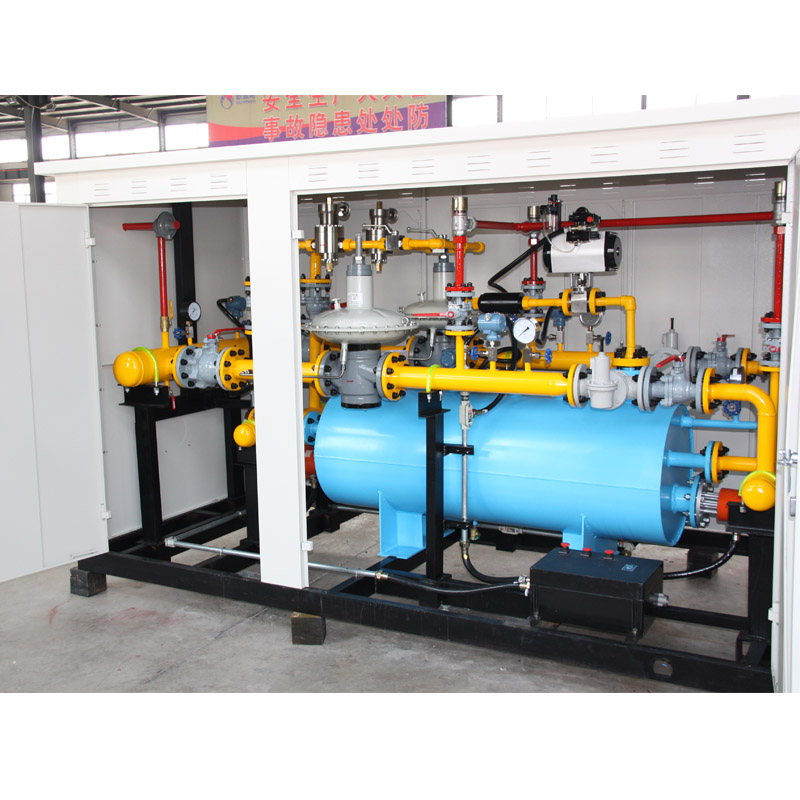
Nov . 30, 2024 21:16
Back to list
مخفض الضغط
Understanding Pressure Relief Valves A Comprehensive Overview
Pressure relief valves (PRVs) are critical components in various industrial applications, ensuring safety and operational efficiency. These devices are designed to limit the pressure in a system by releasing excess pressure, thus preventing potential equipment failure or catastrophic accidents. This article delves into the significance, types, functioning mechanisms, and applications of pressure relief valves.
The Importance of Pressure Relief Valves
Pressure relief valves serve as the last line of defense in maintaining safety within pressurized systems. Whether in chemical processes, oil rigs, or even residential HVAC systems, the failure to control pressure can lead to disastrous outcomes, including explosions, system failures, and loss of life. By automatically releasing pressure, PRVs protect both equipment and personnel, making them indispensable in any setting where gas or liquid is pressurized.
Types of Pressure Relief Valves
There are several different types of pressure relief valves, each tailored to specific applications and pressures
1. Spring-Loaded Relief Valves The most common type, these valves use a spring mechanism to achieve desired pressure settings. When the pressure exceeds the spring's tolerance, the valve opens to release excess pressure.
2. Pilot-Operated Relief Valves These employ a smaller pilot valve that controls a larger main valve. The pilot opens at a predetermined pressure, allowing the main valve to open and release the pressure. This type can handle higher flow rates and provides precise pressure control.
3. Safety Relief Valves Frequently utilized in steam applications, these valves not only protect against excessive pressure but also ensure that the system remains at safe levels during operation.
.
How Pressure Relief Valves Work
مخفض الضغط

The operation of a pressure relief valve revolves around a few simple mechanical principles. When the pressure within a system rises to the preset level, the valve is triggered to open. The pressure differential created by the internal pressure overcoming the force of the closed spring causes the valve to lift from its seat, allowing fluid to escape until the pressure returns to normal levels.
Calibration is a crucial aspect of PRVs. Properly set valves will activate at the right pressure, ensuring the system operates safely without frequent unwanted discharges. Regular maintenance and testing of PRVs are essential to ensure their reliability and effectiveness.
Applications of Pressure Relief Valves
PRVs find applications in a variety of industries
- Chemical Processing Safety is paramount when handling toxic or reactive chemicals. PRVs protect equipment and personnel from explosive reactions caused by excess pressure.
- Oil and Gas In drilling operations and pipeline management, PRVs manage pressure fluctuations resulting from changes in temperature and flow, preventing potential hazards.
- HVAC Systems In heating, ventilation, and air conditioning, pressure relief valves help maintain optimal pressure levels, improving efficiency and extending the lifespan of equipment.
- Water Systems In water distribution systems, PRVs mitigate excessive pressure that can cause pipes to burst or leak, ensuring reliable service.
Conclusion
In conclusion, pressure relief valves are vital components that enhance the safety, efficiency, and reliability of pressurized systems in a wide range of applications. Understanding the various types, their functioning, and applications can significantly contribute to better operational practices and safety measures. As industries continue to evolve and expand, the role of pressure relief valves will remain crucial in mitigating risks and protecting valuable assets. Regular maintenance, proper calibration, and adherence to safety standards will ensure that these devices perform optimally, safeguarding both personnel and equipment from the dangers of uncontrolled pressure.
Latest news
-
Safety Valve Spring-Loaded Design Overpressure ProtectionNewsJul.25,2025
-
Precision Voltage Regulator AC5 Accuracy Grade PerformanceNewsJul.25,2025
-
Natural Gas Pressure Regulating Skid Industrial Pipeline ApplicationsNewsJul.25,2025
-
Natural Gas Filter Stainless Steel Mesh Element DesignNewsJul.25,2025
-
Gas Pressure Regulator Valve Direct-Acting Spring-Loaded DesignNewsJul.25,2025
-
Decompression Equipment Multi-Stage Heat Exchange System DesignNewsJul.25,2025

